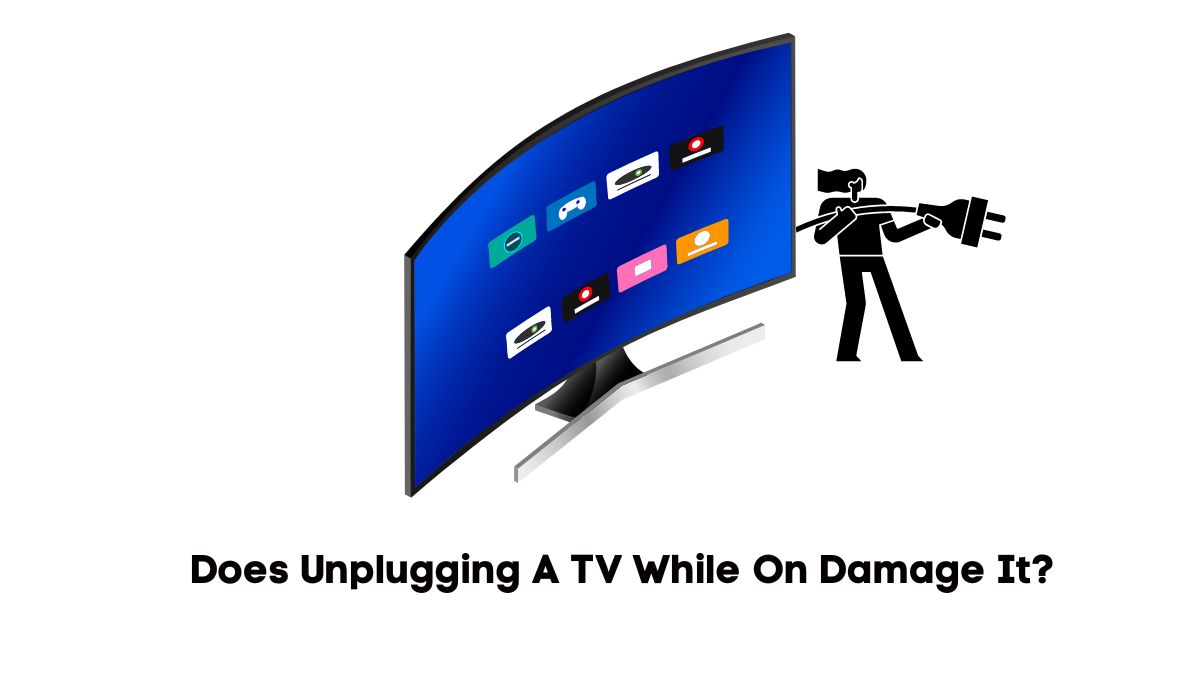Experts are unlikely to explore the impact of unplugging a TV while it’s on because TVs are luxuries. Additionally, the items have become relatively inexpensive over the years. This makes them less of a priority. However, researchers have thoroughly explored instant power loss, which is the primary concept at the heart of this discussion.
You expose the TV to instant power loss whenever you unplug it. But this Gartner Group and Contingency Planning Research Inc study has highlighted what every electrician has already revealed to you.
When a blackout occurs, the instant power loss is not the problem but rather the surge and fluctuations that follow when the power returns. This is why they encourage the use of surge protectors.
Major Tech noted a similar concern while mentioning the rolling blackouts that became commonplace in South Africa (further investigated in this paper from the South African Journal of Economics).
They noted that, while modern electronic equipment is designed to withstand surges, the highest-quality devices will eventually succumb to repeated voltage spikes if the blackouts happen multiple times a day, which was the situation South Africa encountered in 2014.
Therefore, you can’t count on a TV to survive every surge or spike it comes across when a blackout occurs. That said, blackouts are common on every continent in the world. This paper in the International Journal Of Engineering Research And Technology blames power outages on natural disasters, human error, and neglected infrastructure, to mention but a few.
Manufacturers know that blackouts will occur. As such, their TVs are strong enough to withstand the instant power loss that happens because of a blackout, so long as you take precautions to defend against the sizable surges that may follow when the power returns (such as installing a whole-house surge protector and unplugging the TV).
The following considerations will provide some much-needed clarity:
Electrical Surges And Unplugging
Appliances are designed to operate at a specific voltage. Therefore, exposing electronic devices to voltages above the recommended threshold will destroy the circuit boards. The experts at State Farm have given the example of an American home that typically receives 120 volts.
The voltage will fluctuate between 0 and 169 volts. But this is perfectly normal. Problems only arise when the peak voltage exceeds 169V. Surges can originate from lightning strikes, heavy-duty appliances in the home, and defective grids.
A surge that destroys the TV because you pulled the plug from the wall outlet is unlikely. Surges are more prominent in large applications with considerable electrical requirements because the devices in question store massive quantities of energy.
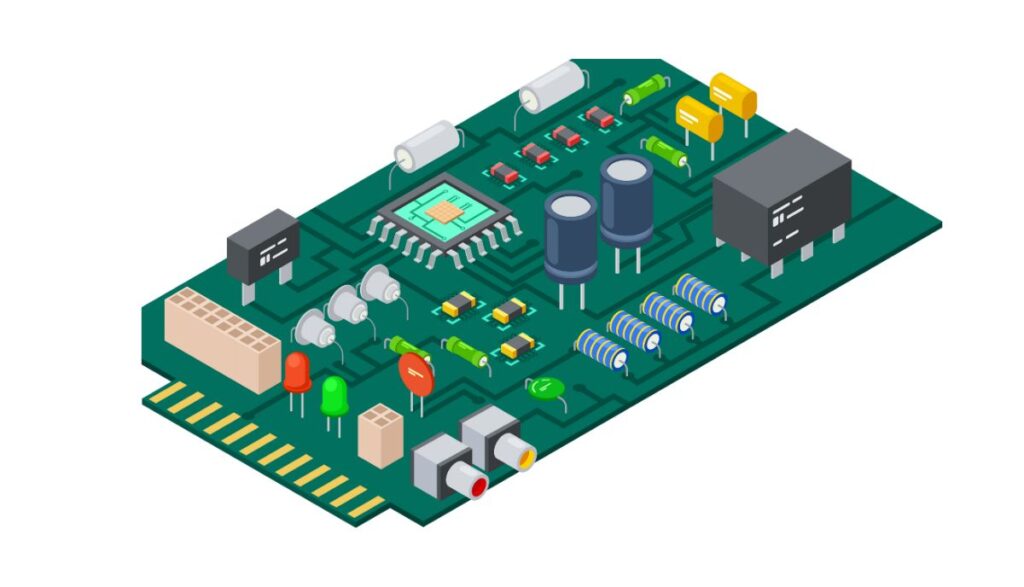
That energy may flow through the wrong medium, such as a circuit board, when you suddenly kill the power. Appliances with large motors are equally concerning because they can burn out due to a sudden loss of power.
TVs are too low-duty to succumb to surges that manifest because you pulled the plug from the wall outlet. Admittedly, conservative electrical requirements do not guarantee an appliance’s safety. For instance, some devices can fail if you pull the HDMI cable out without switching the item off.
Removing the cable wreaks the main board. However, they’ve also noted that such occurrences were common in older products. Newer gadgets have defenses that prevent these catastrophes. Think about it. Manufacturers expect their TVs to lose power instantly whenever blackouts occur.
They won’t sell products that die because you pulled the plug from the wall outlet without turning the TV off. After all, unplugging a TV while it’s on achieves the same result as a blackout.
Instant Power Loss And Components
An instant power loss will not damage your TV. Manufacturers test for this outcome. They expect their TVs to shut down suddenly whenever blackouts occur. They don’t expect an unexpected interruption in the power supply to cause significant harm.
The bigger concern is the surge that occurs when the power returns. If your TV won’t turn on in the aftermath of a blackout, it was probably fried by the surge when the power came back. Keep an eye out for the following:
- If you have the technical skill, open the TV, find the main board, and inspect the power supply regulator. This section can fail because of a surge. While some experts can replace it, you’re better off getting a new board.
- You should also inspect the capacitors. Look for bulging at the top, burn marks, and leaks.
- Do you see cracks on the board? What about discoloration of warping?
- Have you seen the transistors? Test them for continuity. The TV won’t work if they fail.
Unplugging And Circuit Overload
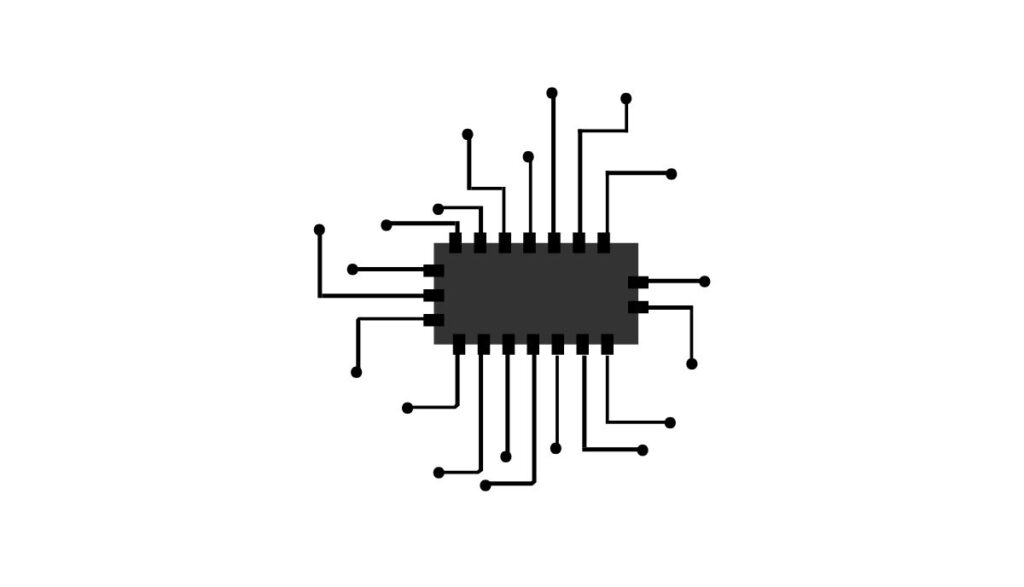
Heavy-duty appliances overload circuits all the time. They will divert the current to and from other devices when they turn on or off. This is why the lights dim or flicker when an air conditioner starts.
Heavy-duty appliances with motors use more power when they cycle on. Even when you match the circuit’s capacity to the running wattage of the device, refrigerators, washing machines, and the like can still overload the circuit because of that initial surge when they start.
TVs are not in that category. They don’t use enough power to affect the circuit when you plug or unplug them. Therefore, circuit overloads are not a significant concern.
Heat Dissipation And Unplugging
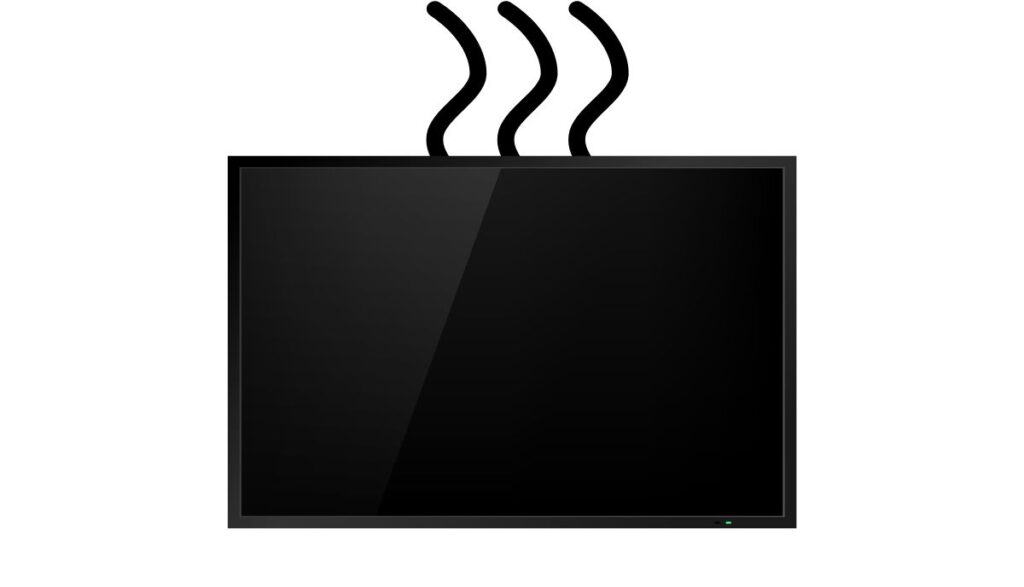
According to Vizio, a TV’s operating temperature ranges between 40 and 95 degrees F (LCD and Plasma). Although the exact figures may vary depending on the brand and model. TVs generate heat when they run.
But they have cooling systems that include ventilation slots and fans. Frequent power cycling is dangerous because it may cause temperature fluctuations. The TV’s internal components will heat and cool repeatedly until they sustain permanent damage.
But this won’t happen if you unplug the TV. If you leave an unplugged TV alone, the temperature will fall, which is good. The only significant concern is arcing, which can occur as you unplug the TV. According to the Canadian Center For Occupational Health And Safety, arcing can generate temperatures as high as 35,000 degrees.
Some people allow the arcing to persist for several seconds because they have shaky hands. Flipping the switch to the off position beforehand provides a cleaner disruption to the current flow, allowing you to remove the plug safely.
Data Loss And Unplugging
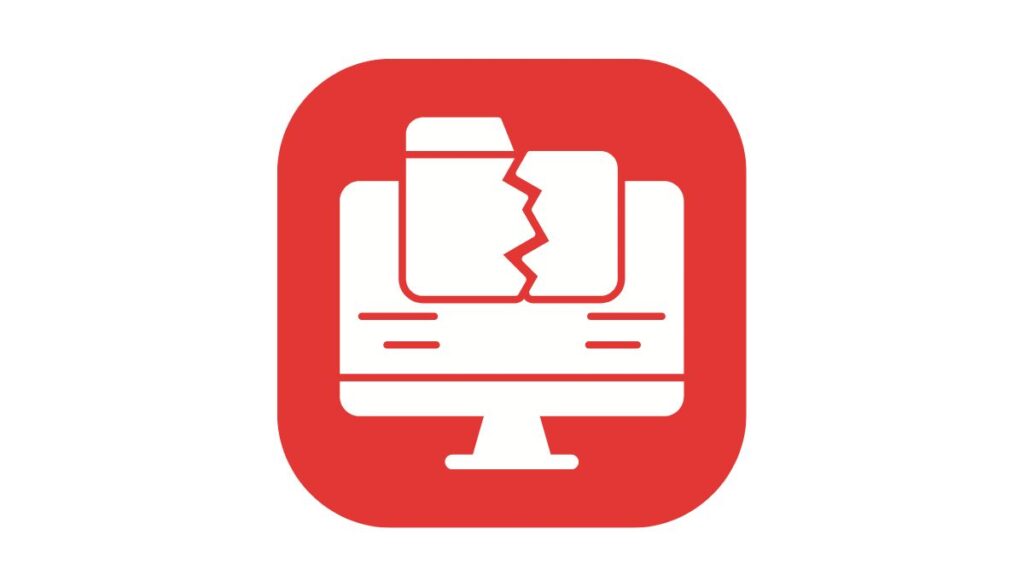
You might be surprised to learn that modern TVs have internal storage. Most will only offer a few gigabytes, more than enough to accommodate the operating system and applications.
The manufacturer will discourage you from unplugging the TV while it performs one or more of the following functions:
- Moving files to and from the internal storage.
- Reading or writing data on the drive.
- Formatting the drive.
- Scanning the drive.
Unplugging the television at the wrong time can crash the drive and corrupt the files. Again, manufacturers expect sudden disruptions in the power supply to occur because of blackouts and brownouts. Some of them include mechanisms that protect internal storage from corruption.
However, similar protections exist in computers, yet their drives can still crash if you kill the power as files move to and from the storage. Therefore, you shouldn’t take any chances. At the very least, wait for the reading, writing, formatting, and scanning operations to end before you unplug the device. Treat the TV like a computer. Apply the same caution.
Firmware And Software Integrity
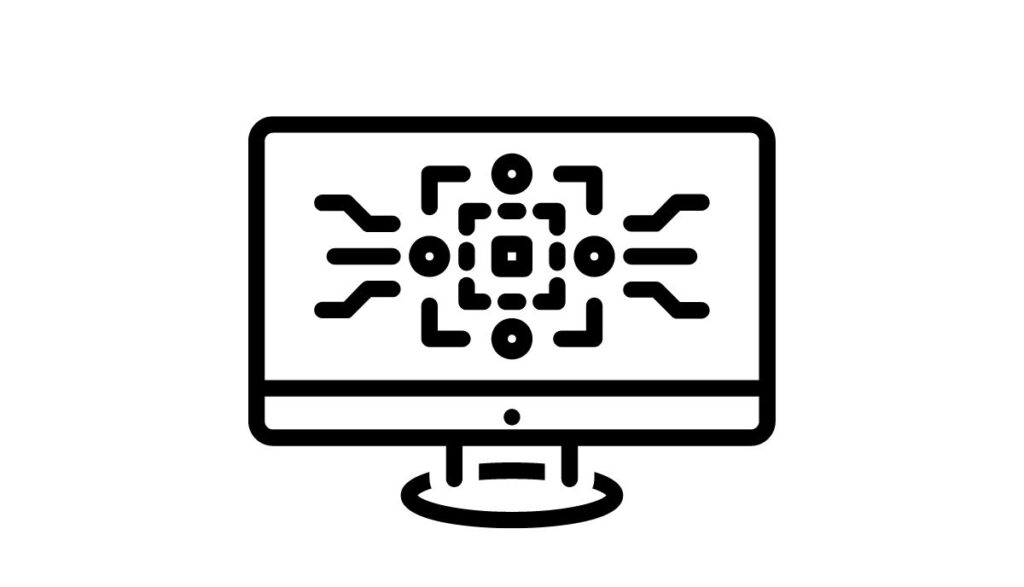
In most cases, you can unplug the TV while it’s on without causing any harm. However, a TV in the middle of an update is a different case. Unplugging the device during an update essentially interrupts vital reading and writing processes.
You will brick your TV. Like the storage, many manufacturers include defenses that protect the TV if the power disappears during an update because they know that blackouts can occur. However, the chances of bricking your TV are still high. Don’t be surprised if a smart TV stops working.
Power Surge Protection And Unplugging
Unplugging a TV can cause transients. The term refers to a temporary change in the power supply. Transients will alter the voltage and current. According to Cadence System Analysis, transients affect AC and DC circuits. They can damage a TV’s sensitive electronics.
But this outcome is unlikely, and so are surges. Surges should only worry you when the power goes unexpectedly and returns. You see this in regions with frequent cases of load shedding. The power can return at a much higher voltage than the TV can handle.
Surges can also occur because of heavy-duty appliances as they cycle on or off, as well as lightning strikes. This is where surge protectors enter the picture. They divert the excess current to the metal oxide varistor before it can destroy the TV.
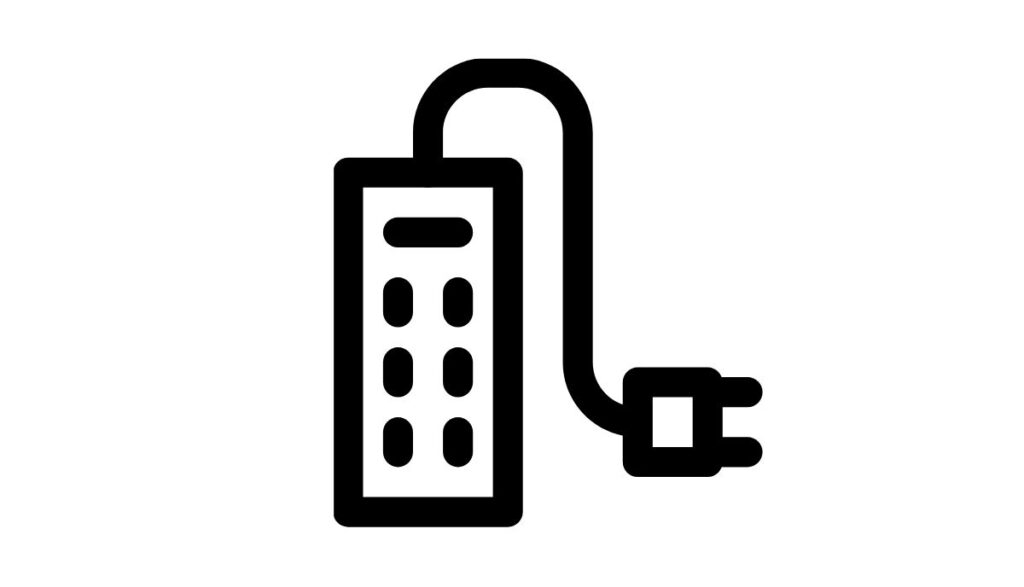
Surge protectors are designed to reduce resistance when they detect voltage levels that exceed the relevant threshold. The opposite happens when voltage levels are low. Resistance will increase. Other methods that protect the TV include the following:
- Unplug the TV when a blackout occurs.
- Unplug the TV when the power dims.
- Install a UPS.
But these techniques only matter to external surges. They won’t help you if you expect surges to occur when you unplug the TV.
Safe Shutdown Procedures
While unplugging the TV is unlikely to cause significant harm, you’re better off switching the device off before pulling the plug, if only to prevent arcing. Keep in mind that arcing won’t stop at destroying the plug. It can also start a fire. Fortunately, TVs are easier to shut down than computers:
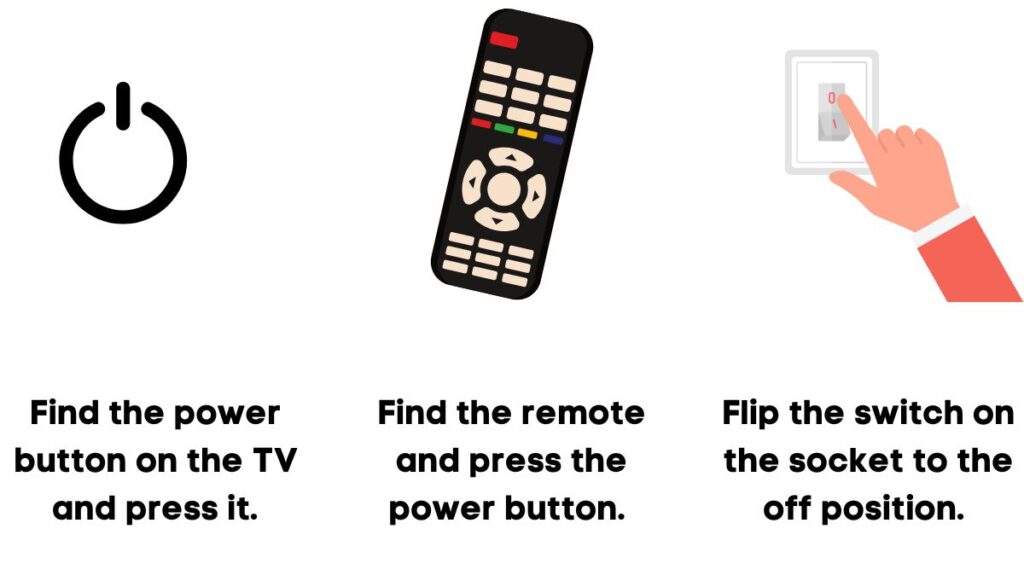
- Find the power button on the TV and press it. Sometimes, the manual asks you to press and hold the power button for several seconds to shut the device off.
- Find the remote and press the power button. This achieves the same objective as pressing the power button on the TV.
- Flip the switch on the socket to the off position. Technically, flipping the switch is no different from unplugging the TV. They both disconnect the TV from the power source instantly. However, the switch is safer because it doesn’t allow arcing to occur. You won’t see any sparks when pulling the plug from the socket once you flip the switch.
Some smart TVs are too sophisticated for the methods above to work. They expect consumers to initiate the shutdown process by going to the settings and finding the shutdown option. This prevents clueless laypeople from accidentally turning the TV off during an update or read/write function.
The manual will reveal the safe shutdown instructions. If you lost the manual, check the manufacturer’s website.
Don’t forget to pull the plug from the socket after turning the device off. The power button will put the television in standby mode. The TV will continue to draw energy until you unplug it. According to Inspire Clean Energy, Americans waste $19 billion in electricity annually because of the standby mode. Therefore, shutting the TV off via remote is not enough.

